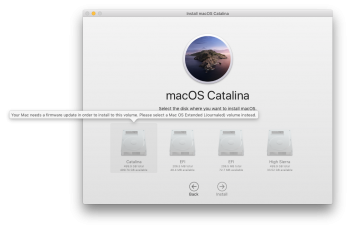Absolutely yes! I had Windows 10 installed via Legacy Mode in the dedicated SATA SSD, then I converted to UEFI in a few steps (without data loss) and now OC sees the Windows volume without problems!Is this booting through OpenCore? Does it have its own EFI partition with a Windows EFI folder?
Last edited:


